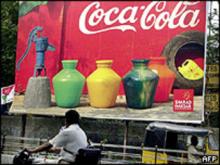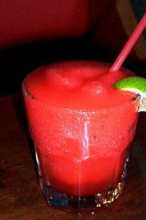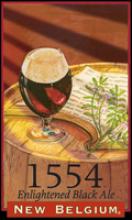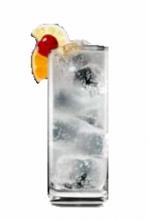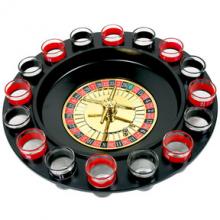I So Want a Coke Freestyle Machine
But I do!
And not just any coke, but fountain coke. I can’t stand the stuff in aluminum or bottles—I can taste both. Glass is okay, but what really tickles my fancy is a nice, freshly iced fountain coke (or cherry coke, or any other flavor available) when I’m craving it. And no, I don’t drink coke every day; I usually reserve that experience for the one, maybe two times a week we eat outside the house. (Or if we order in—one of my favorite pizza companies delivers fountain sodas.)
I really like to add fresh flavor, too. Cherry and vanilla coke is okay, but when you can actually add your own splash of flavor in it—like you can at Rallys or Sonic or any gas station that does flavor shots—it just tastes better for some reason. Fresher. And lo and behold, there is now a new, flavor shot extravaganza that I. Really. Want. To. Try.
It’s called the Coca-Cola Freestyle Beverage Machine, and I heard about it from the Sweet Tomatoes (one of my absolute favorite restaurants) blog. This machine—this glorious invention!—dispenses over 100 flavors by letting you select what flavor shots you want in your Coke products. From Orange Diet Coke to Grape Sprite, Peach Vault to Raspberry-Orange Fanta, Hi-C with Cherry to Orange Lemonade—the possibilities just go on and on! I so want to try this, but alas, the trial machine is not in my area. Maybe someday.
And the thing is, I’m pretty much against this! I don’t like how Coke markets its products in schools, bottles water, and doesn’t produce anything resembling something healthy. So I know I’m an absolute hypocrite when I say—can I please just try this thing? Just once?
Of course, I could just do the decent thing and buy a few bottles of flavoring agents online (I’ve looked them up, since my absolute favorite is blackberry and not many places carry it) and then mix my own at home. Then I’d have complete, 24-hour access… Yeah! I mean, no!
No, of course not.

